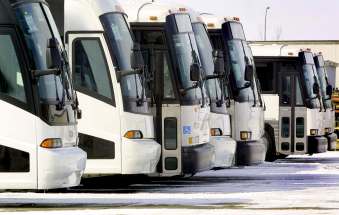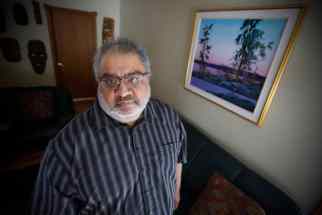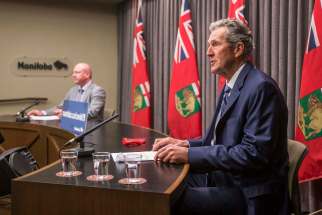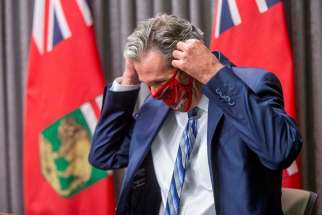In Manitoba, we’re dreaming of a plan
Read this article for free:
or
Already have an account? Log in here »
To continue reading, please subscribe:
Monthly Digital Subscription
$0 for the first 4 weeks*
- Enjoy unlimited reading on winnipegfreepress.com
- Read the E-Edition, our digital replica newspaper
- Access News Break, our award-winning app
- Play interactive puzzles
*No charge for 4 weeks then price increases to the regular rate of $19.00 plus GST every four weeks. Offer available to new and qualified returning subscribers only. Cancel any time.
Monthly Digital Subscription
$4.75/week*
- Enjoy unlimited reading on winnipegfreepress.com
- Read the E-Edition, our digital replica newspaper
- Access News Break, our award-winning app
- Play interactive puzzles
*Billed as $19 plus GST every four weeks. Cancel any time.
To continue reading, please subscribe:
Add Free Press access to your Brandon Sun subscription for only an additional
$1 for the first 4 weeks*
*Your next subscription payment will increase by $1.00 and you will be charged $16.99 plus GST for four weeks. After four weeks, your payment will increase to $23.99 plus GST every four weeks.
Read unlimited articles for free today:
or
Already have an account? Log in here »
Hey there, time traveller!
This article was published 27/05/2021 (1657 days ago), so information in it may no longer be current.
British Columbia has a plan. Saskatchewan has a plan. Even Alberta, which until very recently was Canada’s COVID-19 quagmire, has a plan.
All three western provinces are among the Canadian jurisdictions that have unveiled detailed blueprints for the staged reopening of their economies and a return this summer to something resembling normal life.
Manitoba, it seems, has but a wish.
The plans announced here this week by government and health-care officials relate not to reopening, but instead to the transport of critically ill COVID-19 patients to intensive-care facilities in other provinces, owing to ICUs in this seemingly unprepared province having been overwhelmed by the third coronavirus wave.
To paraphrase a catchy song from a popular kids’ TV show, one of these provinces is not like the others.
Alberta Premier Jason Kenney on Wednesday unveiled an ambitious plan that could see an almost-complete lifting of COVID-19 restrictions by late June or early July, stating his province “hasn’t just stopped the spike (in cases), but crushed it.” Alberta’s hospitals remain under pressure, but key indicators such as active cases and ICU admissions are trending sufficiently downward for Mr. Kenney to move forward with a reopening plan that will kick in on June 1.
Meanwhile, Premier Scott Moe announced on Monday that even before Step 1 of Saskatchewan’s plan comes officially into effect on May 30, the province has met the vaccination-threshold criteria (70 per cent of those aged 30 and older) that will allow it to move to Step 2 on June 20. The first stage of B.C.’s reopening plan came into effect on Tuesday, with a second stage proposed for June 15 or later and a forecast full “return to normal” by sometime in September.
Earlier this week, a group of Manitoba physicians called on the province to impose tighter restrictions, including the temporary closure of non-essential businesses and what effectively amounts to a full stay-at-home order for most of the population, in order to stem the current surge that has overwhelmed health-care facilities with COVID-19 patients and created delays, anguish and the potential for catastrophic outcomes for Manitobans suffering from non-COVID-19-related ailments.
One could safely assume that somewhere in the province of Manitoba’s pandemic-response playbook resides a collection of pages that lay out the strategy for this province’s methodically staged relaxation of restrictions on the way to a return to as full a normal as can be contemplated in a world in which COVID-19 becomes a manageable endemic concern rather than an out-of-control pandemic scourge.
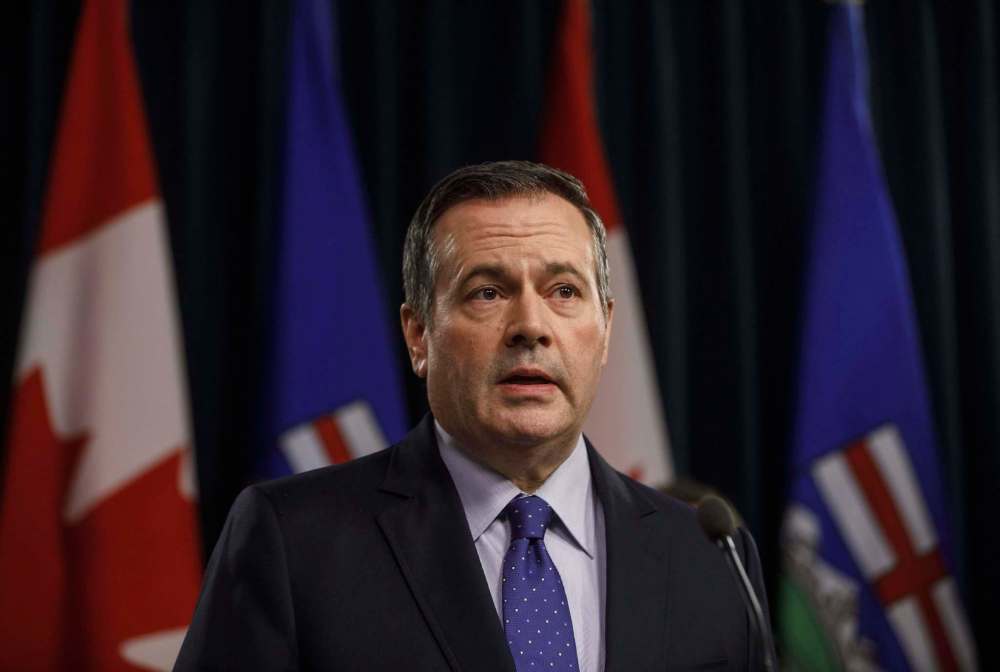
Premier Brian Pallister was asked on Thursday whether Manitobans can expect reopenings this summer. He said he hopes to offer information on this matter “in the next few days”, but he stressed the government’s current focus is on maintaining and enforcing lockdown restrictions. In other words, to borrow an oft-repeated phrase from the chief provincial public health officer, “now is not the time” for such optimistic contemplations in Manitoba. There are more pressing concerns to be addressed before brighter futures can be reasonably discussed.
The good news, such as it is, is that Manitoba’s new-case count on Thursday was “only” 295 and Winnipeg’s test-positivity rate had “declined” to 14 per cent. While those figures remain far beyond what would have been considered calamitous in earlier, more controlled stages of the pandemic, they do represent a downward trend from last week’s mind-bogglingly negative numbers.
As vaccination rates continue to rise and second-dose appointments become available to the broader population, there will soon be a time to discuss something as loftily aspirational as Manitoba’s reopening plan. Such an occasion might also be an opportune moment for announcing a serious investigation to determine how and why this province was so unlike the others.








